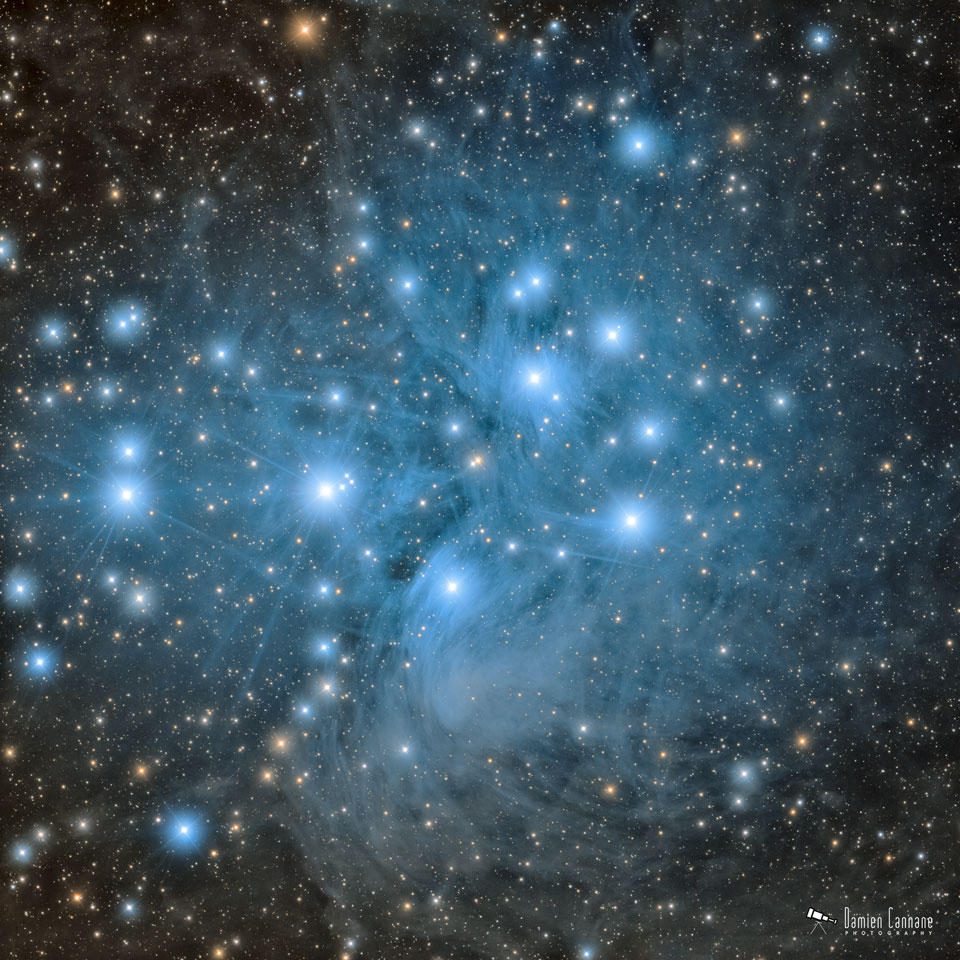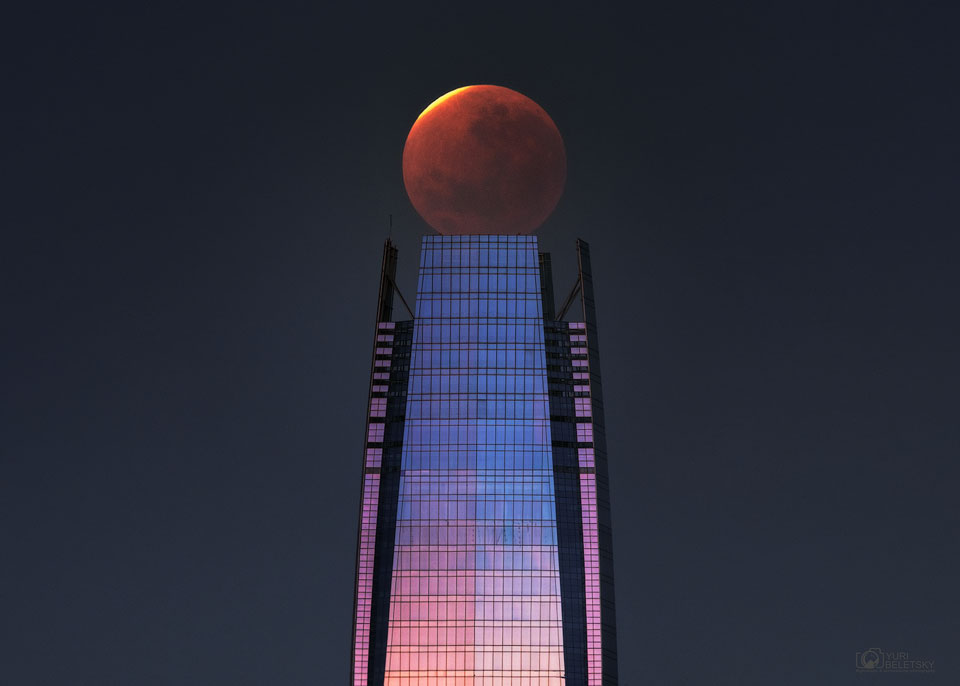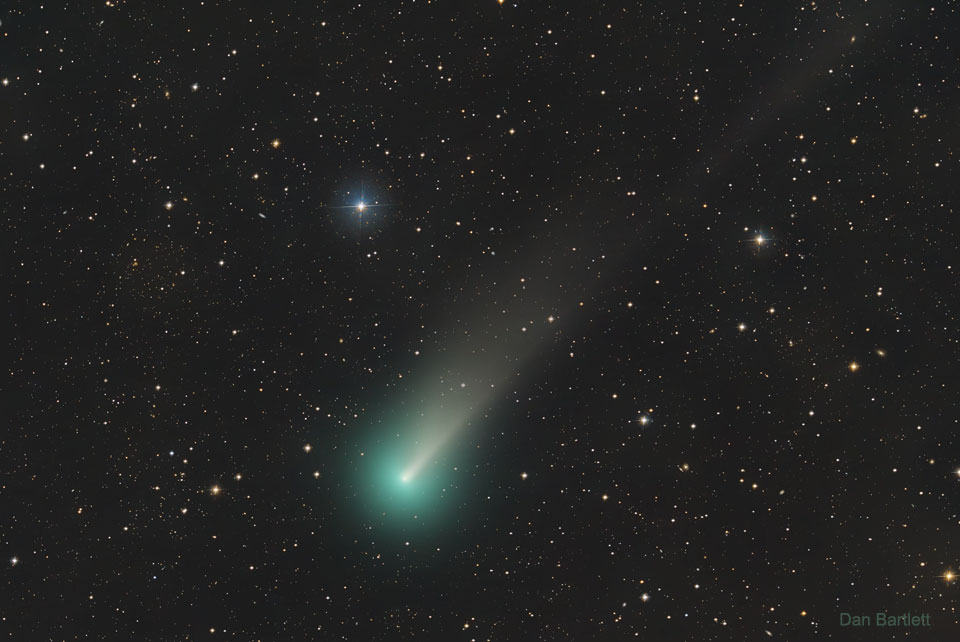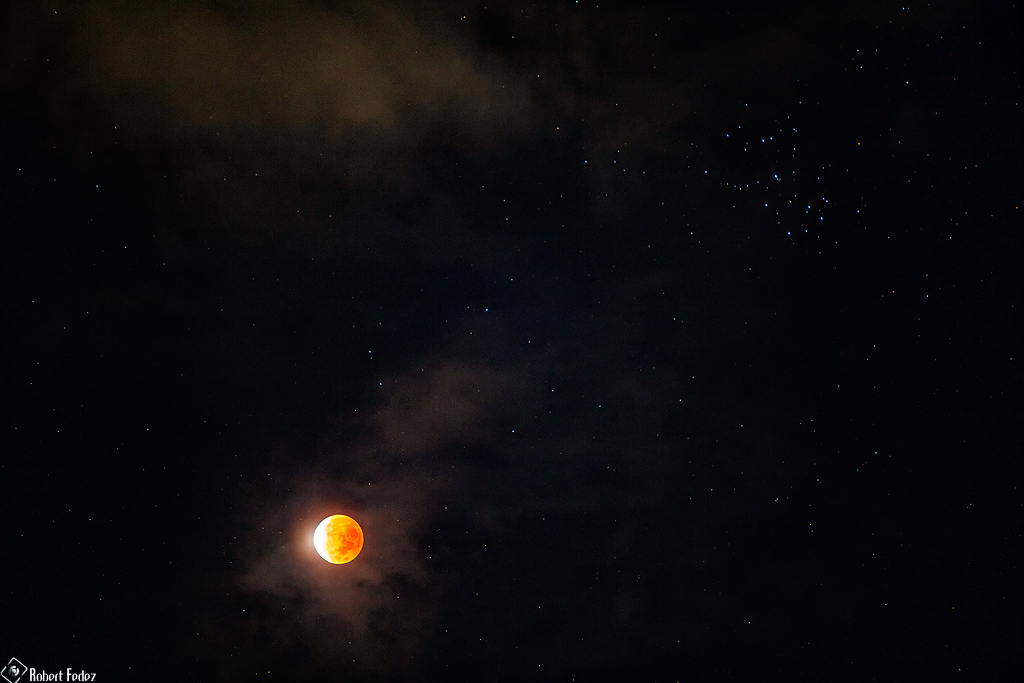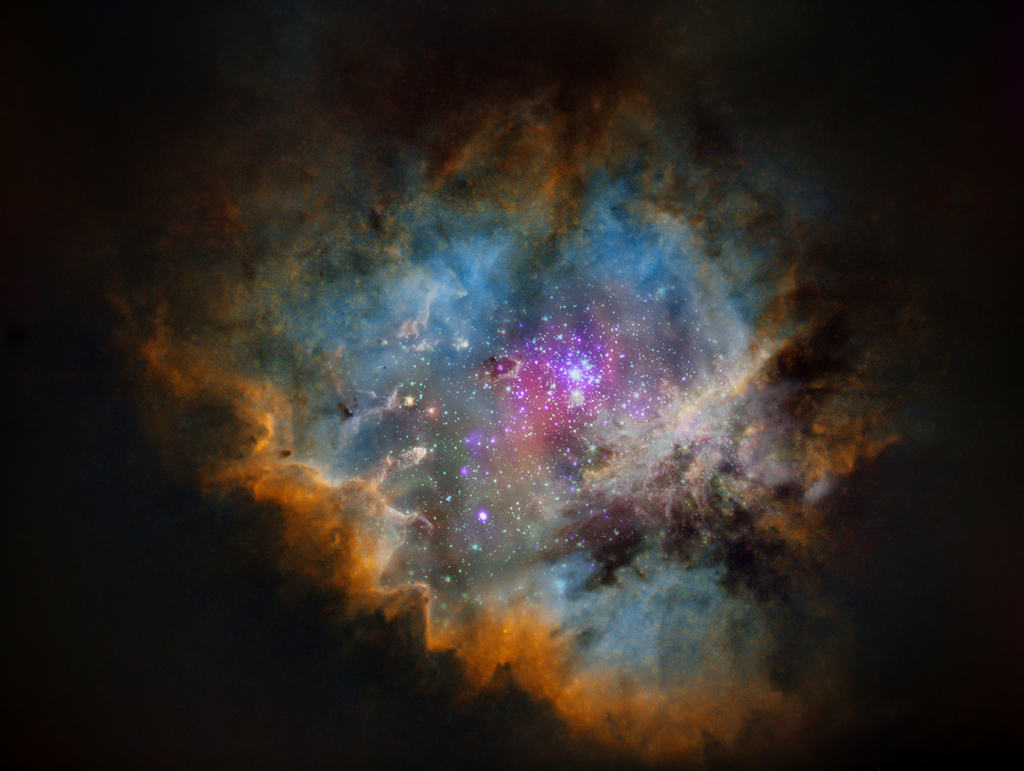昴宿星团:七姐妹星团
2021年11月24日 Pleiades: The Seven Sisters Star Cluster Image Credit & Copyright: Damien Cannane Explanation: Have you ever seen the Pleiades star cluster? Even if you have, you probably have never seen it as large and clear as this. Perhaps the most famous star cluster on the sky, the bright star […]

